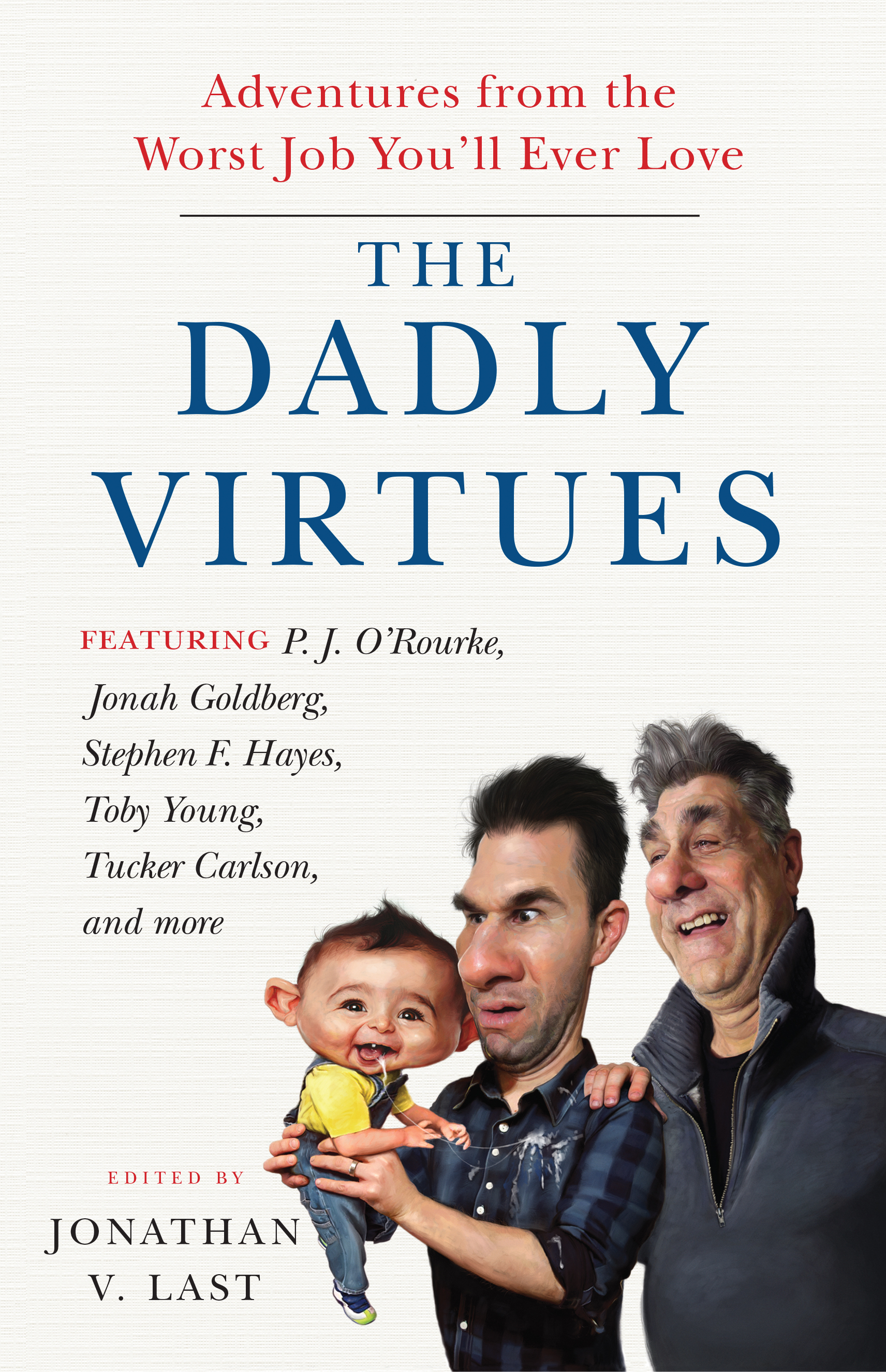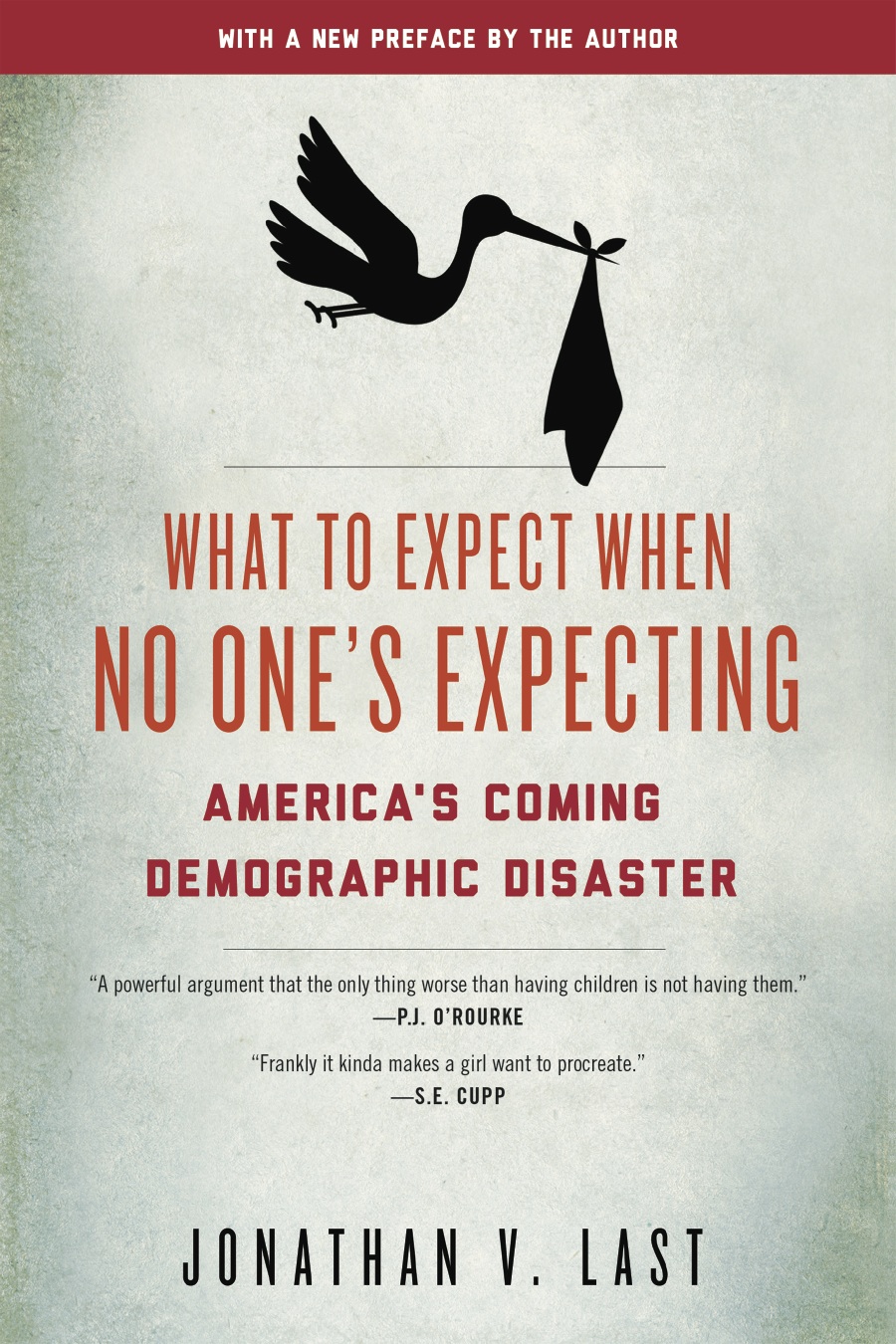November 16th, 2011
I’ve never quite seen anything like the box score of last week’s Denver vs. Kansas City game: Denver completes 2 of 8 passes. Half of their completions were TDs. Six players rushed for double-digit yards. And they won.
I understand why high schools run the option. And I understand why, at the collegiate level, a very few teams run it to mask personnel weaknesses.
What I don’t understand is why, at the pro level, the option is either (a) doomed to fail; or (b) could be run with a reasonable level of success.
I’d love to read smart thoughts about this if anyone has them.
-
Been thinking the same thing myself…
-
I’ve always wished an NFL team would run the option. I think the reason NFL teams never try is because you need to have a legitimate passing game to make the option work (at the NFL level). Otherwise defenses would simply stack the line and dare you to throw. NFL defenses, even the worst of them, are still loaded with huge, fast players. Put 9 players on the line and nobody can run, not even a backfield with Barry Sanders and Jim Brown running behind the 90’s Cowboys line.
So you need a legit threat of passing to make the option work, and if you can legitimately pass it in the modern NFL, why would you run 50-60 times a game? -
I’ve asked this question before of friends who played football in college or in higher level high school divisions in states (i.e. Texas, Pennsylvania, Florida) where it is a religion/minor league equivalent.
Their answer is that in the pros the linebackers and defensive ends are simply too fast and are capable of running down from behind a back (quarterback or tailback) who doesn’t already have a full head of steam. Watch how fast a Ray Lewis (in his prime, at least) or a Clay Matthews can get from sideline to sideline. In the pros, most linebackers are this fast, and even the biggest linemen can run the 40 in under five seconds. In the college game, this is exceedingly rare.
Thus, the reason college teams run it so often is that there is typically a significant speed disparity favoring the offensive skill positions that make it a high percentage play. The reason high school teams run it (where skilled athletes typically play both ways) is because even a rudimentary downfield passing game is difficult to develop, not just because of the skill required of a passing quarterback, but also blocking schemes/route running/timing patterns, etc. Arguably, the only teams that run it due to personnel limitations are the service academies, who because of military physical fitness standards typically recruit athletes (especially linemen) who are outweighed by the competitors by 30-40 pounds, and who need to use mobility and complex schemes to offset this disadvantage.
-
JVL-
First, you should check out this post on Slate by Chris Brown, which addresses your exact question.
http://www.slate.com/articles/sports/sports_nut/features/2011/nfl_2011/week_10/tim_tebow_is_denver_s_afraid_to_throw_offense_crazy_enough_to_work_.html
(Brown runs the incredible “Smart Football” website — don’t visit it unless you plan on wasting hours learning an insane amount about today’s advanced football concepts. It’s almost like porn for a Texas-raised football nut like me. 🙂 )Anyway, I’d quibble with your premise that “very few teams” at the college level run the option, and that those who do run it to “mask personnel weaknesses.” The basic option concept is still used by *many* college teams today – just not the old triple-option you probably remember Tom Osborne’s Nebraska, Switzer’s Oklahoma, etc. using back in the day. Today a *ton* of college teams use some variation of the run-heavy, spread formation/zone-read option that Rich Rodriguez developed over the years and used so well w/Pat White at West Virginia. Oregon and Auburn, last year’s national championship game opponents, are just two examples. Urban Meyer cribbed from Rodriguez and had great success w/this offense first at Utah and then at Florida w/Tebow, and Vince Young terrorized defenses while at Texas running a similar offense. So it’s not just college teams w/“personnel weaknesses” using it (Oregon, Auburn, Florida, and Texas aren’t exactly lacking in talent).
The question of whether option football (particularly the zone-read running game) could succeed in the NFL comes down to two issues, which folks above have identified. The first is the theoretical question of whether it could work against NFL defenses over the long term. Even granting the superior athleticism of NFL defenders, I think it could, if you had the right personnel – in particular, a QB who is not only a legitimate running threat but (unlike Tebow) a capable-enough passer to keep defenses honest. Imagine, say, Steve Young (or Randall Cunningham, for that matter) running the zone-read spread formation running game with 4 wideouts –particularly with some of the more exotic variations Chip Kelly has come up with at Oregon, which features enough misdirection to make even the most athletic NFL defenses squirm. Steve Young could’ve put up 50 points a game running this offense with decent talent around him.
But that brings us to the second issue, which is more practical: The reluctance of NFL teams to have their (high-priced) QBs take so many hits out of the pocket. In college, the QB is usually one of your best athletes, but ultimately he’s also just another scholarship player; in the NFL, he’s usually a high-draft pick player w/a huge contract. Any NFL coach with the nerve to make the option a staple of his offense and give his QB 10-15 carries a game would be crucified by the fans/media the second his QB gets injured running the ball.
Still, the Tebow Experiment in Denver will be an interesting test of the question, and might make more teams at least willing to incorporate some zone-read option running if it succeeds. The running games of most NFL teams today are just terrible, and one of the reasons is that they’re essentially playing 10-on-11 — if your QB isn’t a threat to run, defenders don’t have to worry about him. But if he is a threat, as he is in the zone-read option, the defense must account for him – so if he hands off to the RB, you’ve still used the QB to “block” a defender.







oclarki November 17, 2011 at 8:55 am
A big difference in the NFL is the more narrow width of the hash marks. Whe you have one very wide side to run in college that makes it harder for defenses to stop the option. NFL defenses are so much faster that it makes the option harder to run. Additionally, the punishment potential for your QB is pretty high running the option. Even if he pitches, the defender can still take that extra step and hit him.